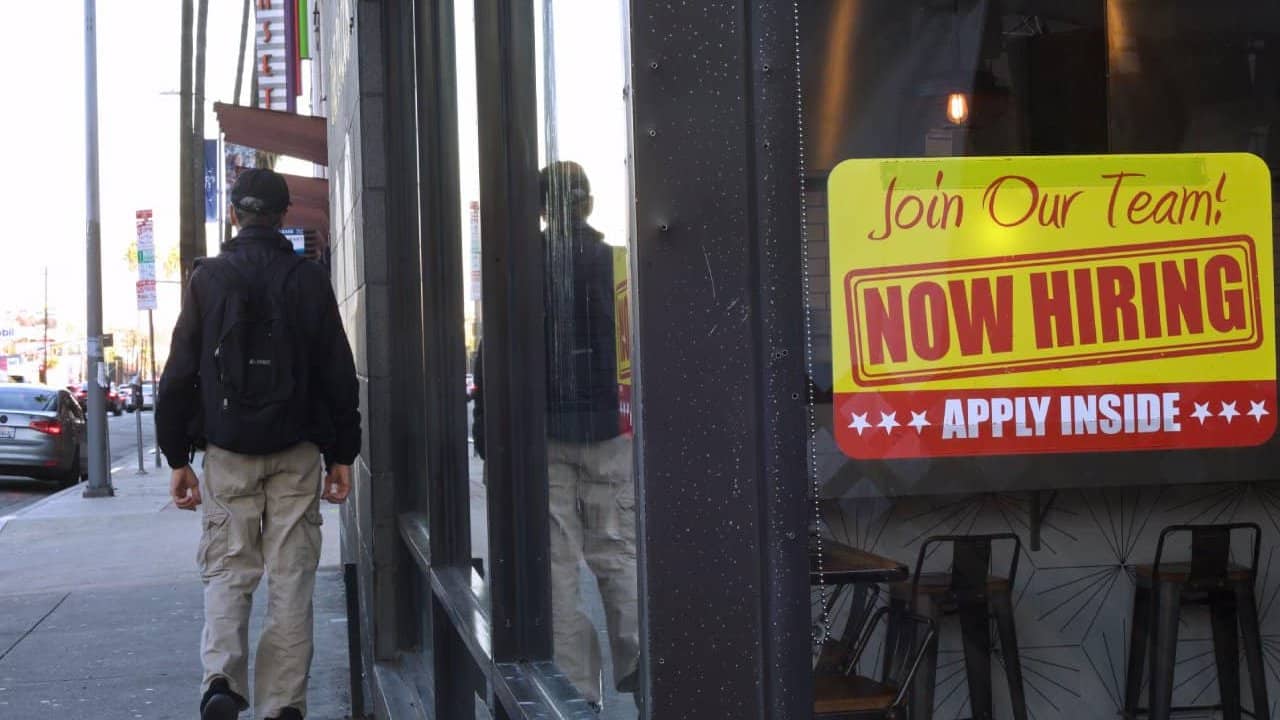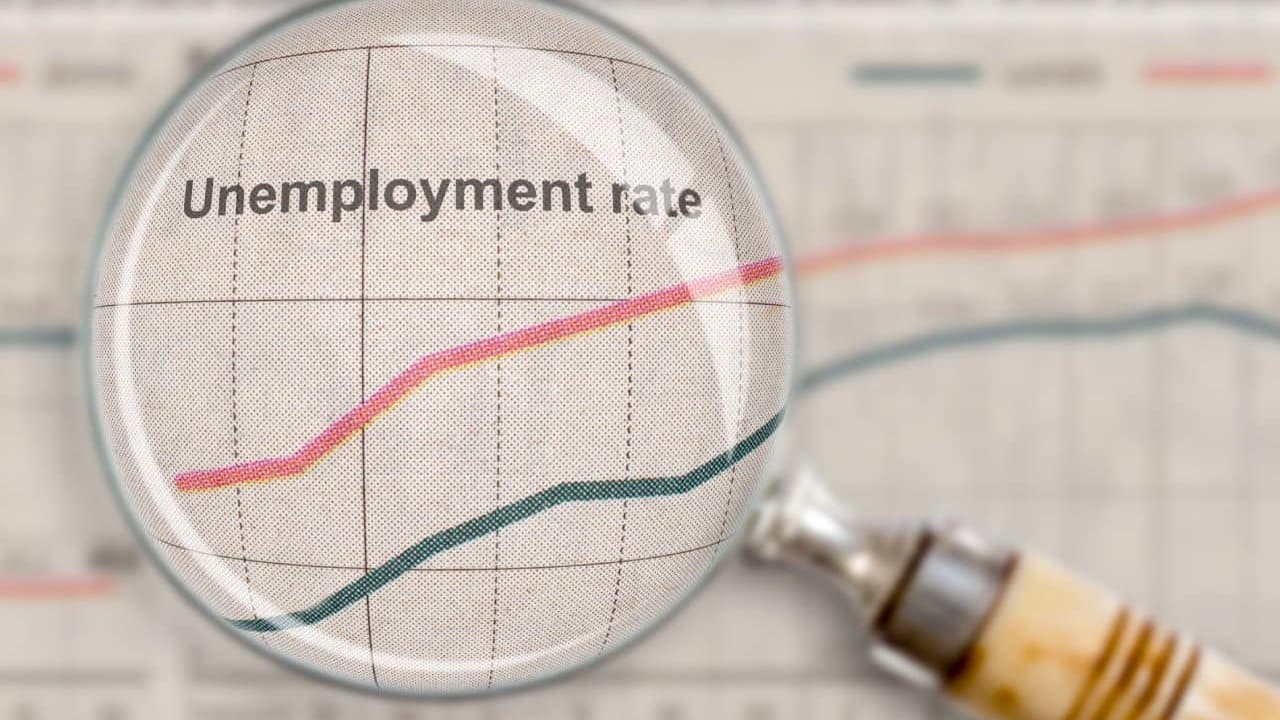Indeed stats show while job postings decreased in 2023, they continue to surpass prepandemic levels.
No Easy Task

Finding a new job in 2023 was no easy task due to various global and economic shifts. But even so, employers found themselves with much less open positions than they kicked off the year with.
Postings Increase

Even though there was a 15% decrease in overall job listings from the previous year, Indeed data shows a strong rebound, with postings remaining higher than they were before the pandemic by more than 25%.
Pandemic Era Chaos

The erratic hiring and worker shortages seen at the beginning of the pandemic are leveling out, and the complex relationship between labor market supply and demand suggests that the US economy may see a “soft landing” in the upcoming year.
Moving Forward

As stated by Federal Reserve Chair Jerome Powell in December, “the era of this frantic labor shortage [is] behind us,”. Numerous indications, such as fewer job postings and a stable quit rate, support this idea and point to a more stable and balanced labor market.
Descent has “Leveled Off”

When considering the patterns in job listings during 2023, Indeed economist Nick Bunker notes that “the pace of descent seems to have leveled off a bit in the second half of the year.”
Gap in Demand

While economic indications point to a little slowdown in hiring, there is still a noticeable gap in demand across industries.
In-Person Jobs Still Needed

The need for in-person jobs, especially in the healthcare, child care, and food service industries, is still high, making up for the lack of interest in typical office jobs.
Childcare Workers in Demand

For example, the number of ads for childcare workers decreased in the last year, yet the industry is still up 46% from pre-pandemic levels. The same can be seen for food and service roles, showing an increase of 23% from pre-pandemic levels.
Quits Rate

The rate of resignation, or quits rate, a crucial indicator of employee confidence, decreased somewhat to 2.2% in November, the lowest level since September 2020. Together with a deceleration in overall income growth, this drop suggests that workers may be less hopeful about other career options.
A Look at Layoffs

Even with these shifts, the number of mass layoffs has not increased, suggesting a deliberate change in companies’ tactics from the recruitment difficulties encountered earlier in the pandemic.
Xerox Announces Layoffs

Despite all this, the announcement of job layoffs by a few well-known corporations, like Xerox, has further complicated the disparity in the employment market. When Xerox announced that it would be cutting 15% of its workers, concerns about the state of the economy as a whole were raised.
No Cause for Concern

Thankfully, layoffs have remained low across the country and are not any different than last year in November.
Bunker’s Warning

“If there is a downturn [in 2024], the sectors most likely to decline are those more closely tied to discretionary spending like retail, food service, and hospitality,” warns Bunker.
Continuing Unemployment Claims

Meanwhile, there has been a 15% rise in continuing unemployment claims, highlighting the continued difficulties some people have finding new jobs quickly.
We Remain Resilient

The path to stable work may have taken an unexpected turn this year, but the resiliency shown thus far suggests that the labor force and the economy are adjusting to the shifting job landscape.
The post What Lies Ahead for Jobs in 2024: U.S. Employment Market Insights first appeared on Wealthy Living.
Featured Image Credit: Shutterstock / wutzkohphoto.





